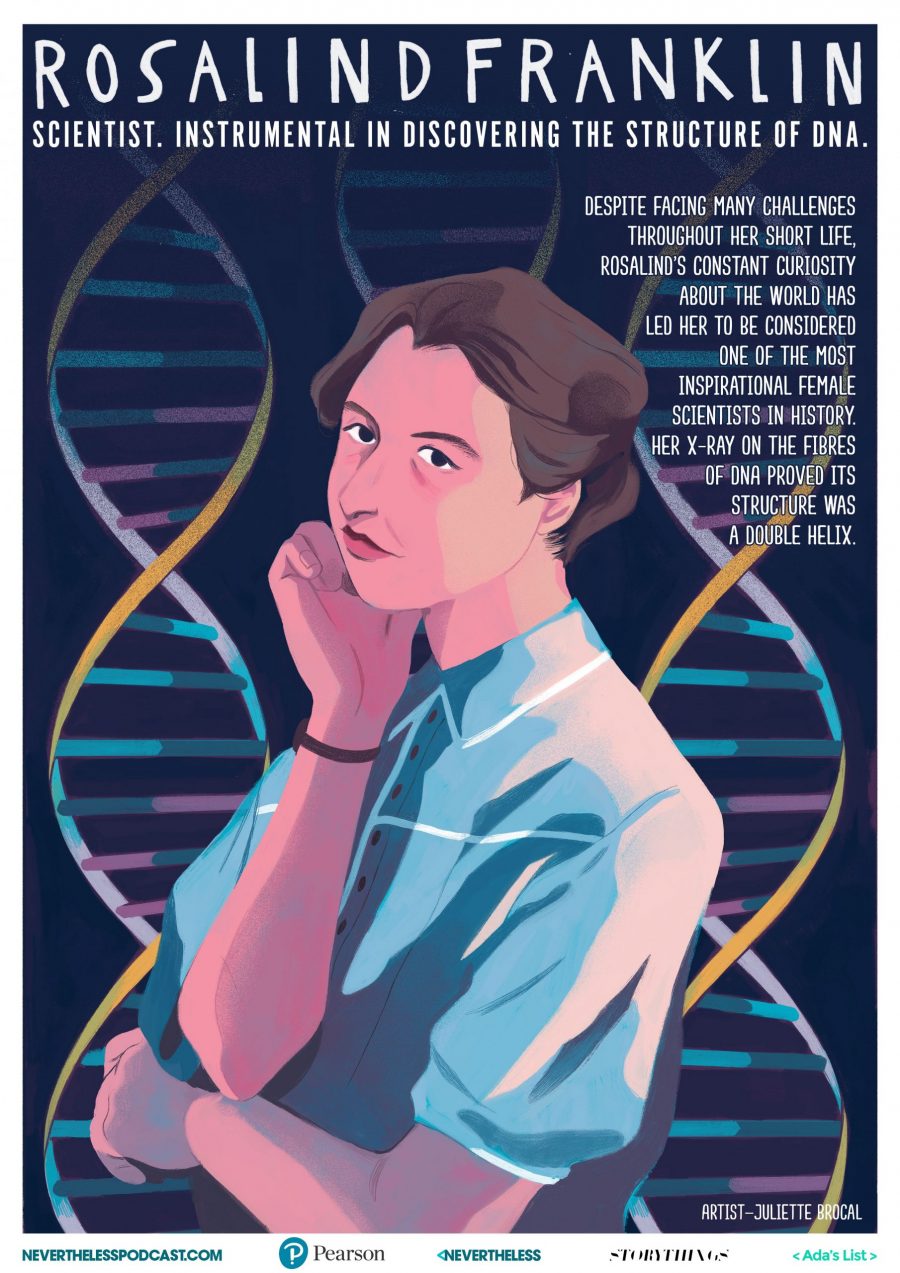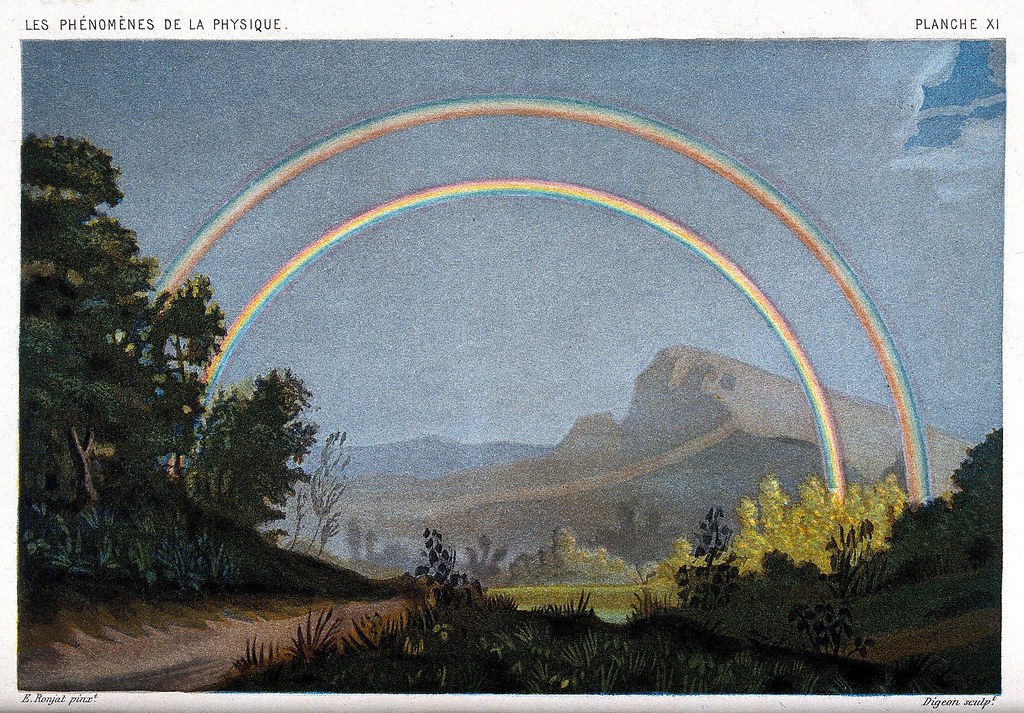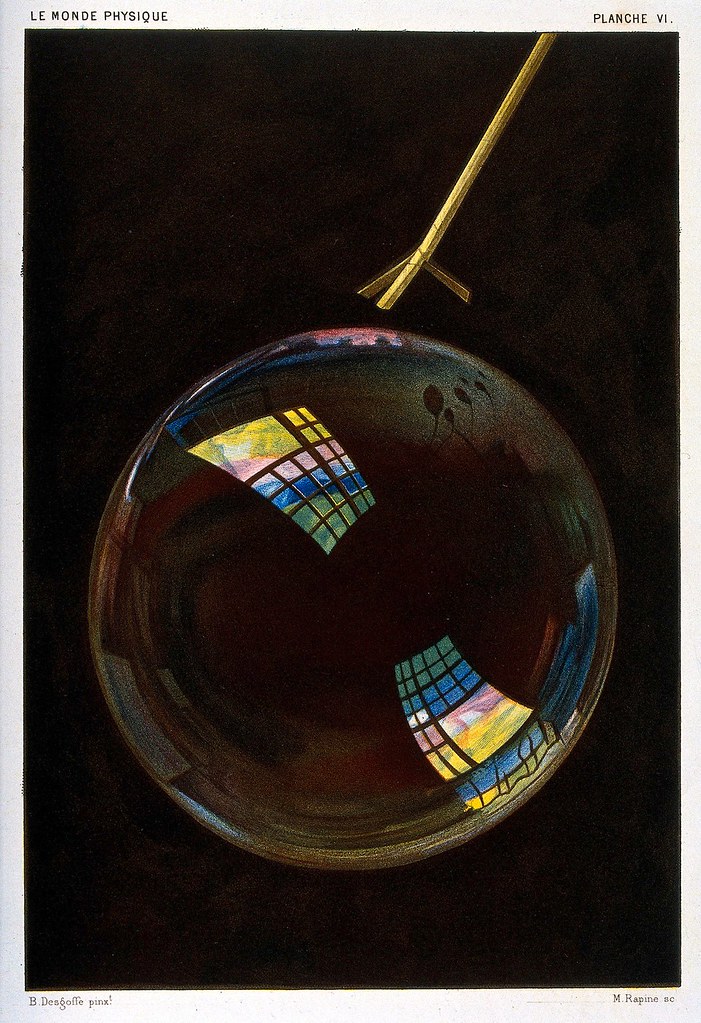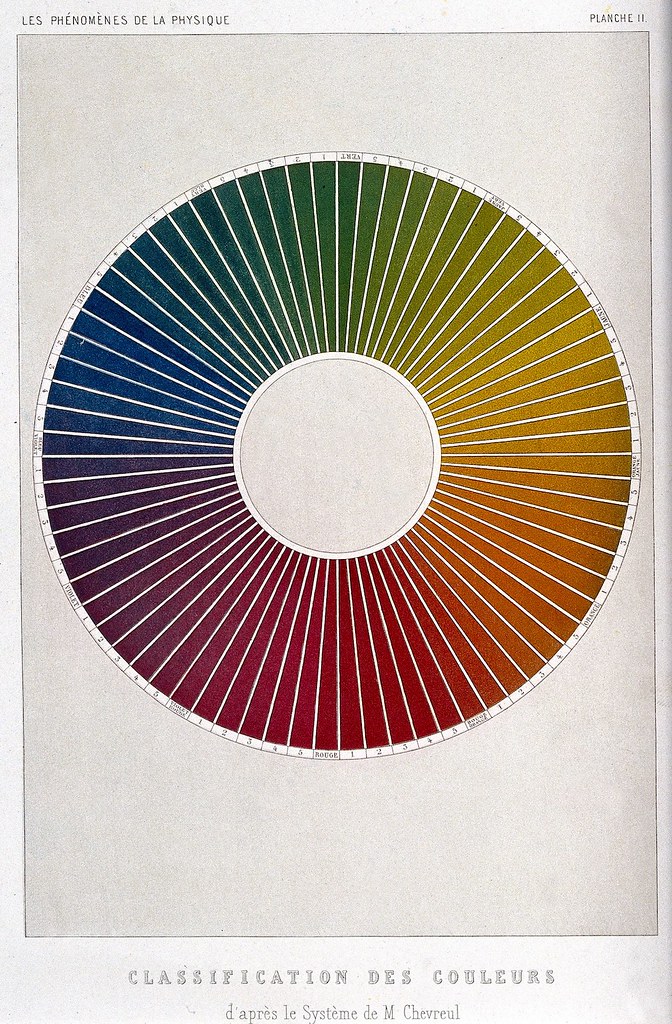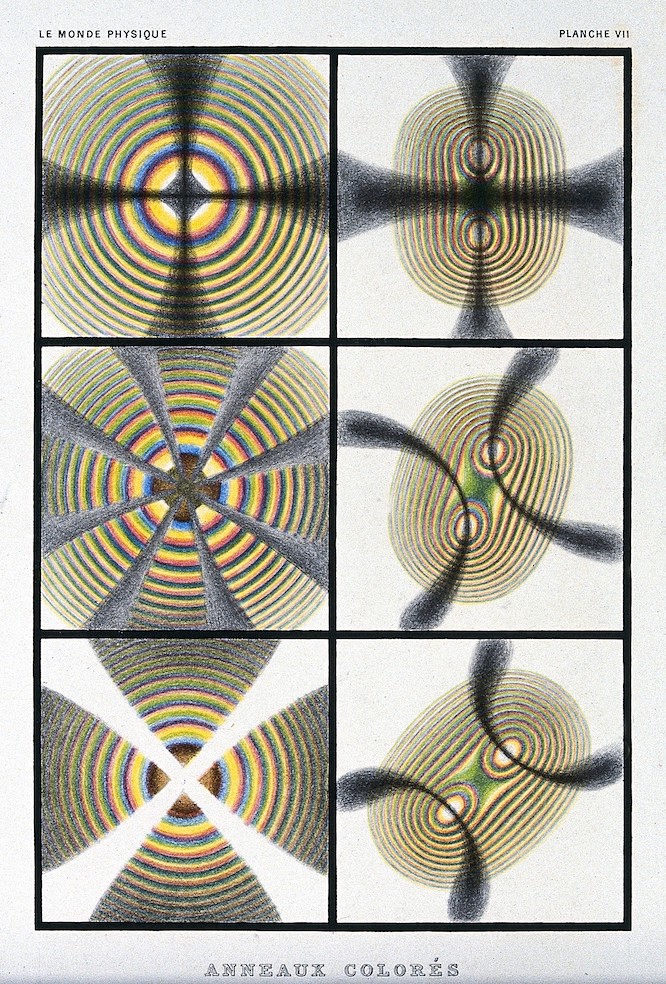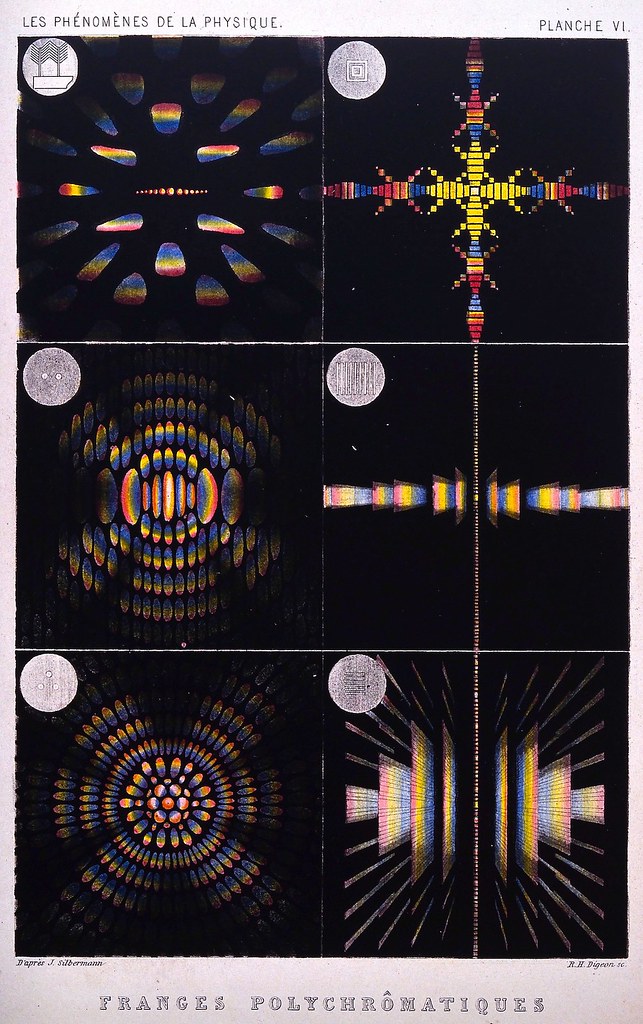Perpetual motion is impossible. Even if we don’t know much about physics, we all know that to be true — or at least we’ve heard it from credible enough sources that we might as well believe it. More accurately, we might say that nobody has yet figured out how to make a machine that keeps on going and going and going by itself, without any external energy source. But it hasn’t been for lack of trying, and the effort has been on the part of not just crackpots but some of the most impressive minds in human history. Take charter member of that group Leonardo da Vinci, the Renaissance designer of bridges, musical instruments, war machines, and much else beside, whose fascination with the subject also had him imagining the occasional perpetual motion machine.
Our unflagging fascination with Leonardo has fueled the efforts of 21st-century enthusiasts to build his inventions for themselves, even those inventions that previously existed only in his notebooks. In the video above you can see a series of such Leonardo-imagined devices made real in functional model form.
Some of them, like the flywheel, odometer, vertical ball-bearing, and double-decker bridge, have become so common in other forms that we no longer even stop to consider their ingeniousness. Others, like the invader-repelling castle wall defense mechanism and something called a “scythed chariot” — a nasty-looking yet characteristically graceful piece of work — remind of us that, at least in most of the world, we live in less warlike times than Leonardo did.
The video comes from Valeriy Ivanov, who on Youtube specializes in building and demonstrating “working models of perpetual motion machines” as well as “Da Vinci inventions” and “marble machines.” (Leonardo’s odometer, featured in the video, makes a particularly impressive use of marbles.) “My models of perpetual motion machines are of motorized versions that were built to illustrate how they were supposed to work in the minds of inventors,” writes Ivanov. We see not only the mechanics Leonardo and other hopeful inventors must have imagined, but the mesmerizing elegance of Leonardo’s designs in particular, such as the video’s overbalanced wheel. On a notebook page from 1494, Leonardo told the seekers of perpetual motion to “go and take your place with the alchemists.” But now, with the aid of technology unimagined in Leonardo’s time — even by Leonardo himself — we can see just how compelling that vision must have been.
Related Content:
Leonardo da Vinci Draws Designs of Future War Machines: Tanks, Machine Guns & More
Leonardo da Vinci’s Elegant Design for a Perpetual Motion Machine
Based in Seoul, Colin Marshall writes and broadcasts on cities, language, and culture. His projects include the book The Stateless City: a Walk through 21st-Century Los Angeles and the video series The City in Cinema. Follow him on Twitter at @colinmarshall or on Facebook.



